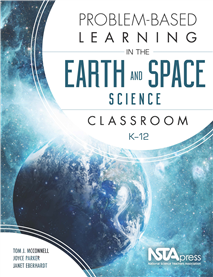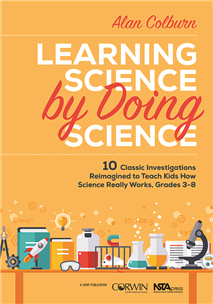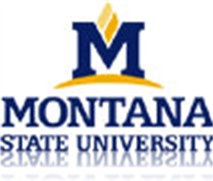All Resources
eBook
Problem-Based Learning in the Earth and Space Science Classroom, K–12 (e-book)
"There is a lot to like about this text, and I truly believe that teachers will both like it and use it. Implementing PBL is difficult for teachers, and few curriculum guides are available to support their efforts. This book fills that gap by providi...
NSTA Press Book
A Joint publication of Corwin and NSTA Press...
By Alan Colburn
Web Seminar
Archive: How do I Promote Student Discourse?, May 10, 2017
This web seminar took place on May 10, 2017, from 6:30 p.m. to 8:00 p.m. Eastern time. The presenters were Katherine McNeill, Associate Professor of science education at Boston College, and Eric Meuse, Science teacher in the Boston Public Schools. Th...
eBook
When The Sun Goes Dark (e-book)
This richly illustrated book is a fun way to help young astronomers understand all the excitement during a solar eclipse. The book tells how two curious children and their grandparents re-create eclipses in their living room using a lamp, a tennis ba...
Workshop
Online Courses: MSU National Teachers Enhancement Network: Fundamentals of Oceanography
The Fundamentals of Oceanography course offers an introduction to the physical, biological, chemical and geological processes of the ocean and its ecosystems. Teachers will learn about the complex interactions between these properties, their influenc...







